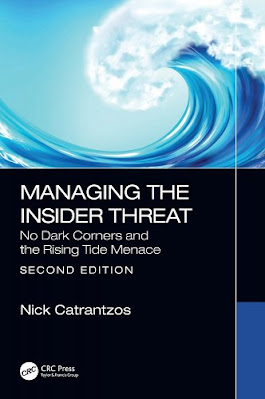A study of loyalty markers positions Thanksgiving under the category of Cohesive Rituals.
Who created this category, and what makes it significant in gauging loyalty? The first answer is easy: Victor Davis Hanson. The second is more involved. It has to do with social cohesion that helps gauge whether we feel more of a tie to a traditional loyalty, Loyalty A, or to a newer, competing loyalty, Loyalty X.
Think of Loyalty A as a default loyalty to such historically uncontested pillars of social support as family, country, church, and employer. By contrast, think of Loyalty X as something fresh that offers the allure of being different, exciting, perhaps radical. Loyalty X emits a siren call to lure away from Loyalty A, often with an ultimate goal of undermining A altogether.
In this context, celebrating Thanksgiving is definitely an A game. It reinforces bonds to previous generations that share values and rekindle gratitude.
For Loyalty X, however, maybe Thanksgiving looks objectionable, if someone tries hard enough to make it so. What is Thanksgiving's unforgivable sin to Loyalty X adherents?
Not invented here.
They cannot own it or exact tribute from it. What, then, do they offer in place of cohesive rituals?
Most often, it is credibility-enhancing displays. Think of the rationale behind a cult's or gang's insistence on a candidate performing some crime or ritual self-abasement as a precondition for acceptance -- a Loyalty X mainstay.
Both loyalty indicators (5 and 6) represent loyalty markers (whose origins appear in citations provided in the book, below):
Making It Count
So what? Whether comparing a society against an opposing movement or an employer against an internal, would-be saboteur, it pays to track the influence of loyalty markers that play to the advantage of one side over another. One way to do this is by assigning numerical values to capture how much each marker means to an employee.
All it takes to start comparing is to array the loyalty markers into a table, with columns on each side for capturing respective ratings for Loyalty A and Loyalty X. Borrowing a risk assessment methodology, a high rating shows as 0.9, medium as 0.5, and low as 0.1. Assigning numbers to qualitative ratings thus permits summing up totals to show which loyalty is scoring higher, overall, for a given individual exposed to both in the same milieu. This is how the table now looks as a loyalty ledger:
For a deeper understanding of loyalty markers and the role they play in first gauging and then countering slow-onset insider threats, I invite you to read Chapter 10 of this book:
Fun Fact: This book broadly distinguishes between sudden impact and rising tide (aka slow-onset) insider threats. The rising tide image inspired the subtitle and the cover image of a wave.
Bottom Line
Loyalty counts. So do cohesive rituals and all the markers that either reinforce desired loyalties or open the door to competing loyalties undermining the status quo.
Happy Thanksgiving. It matters.



